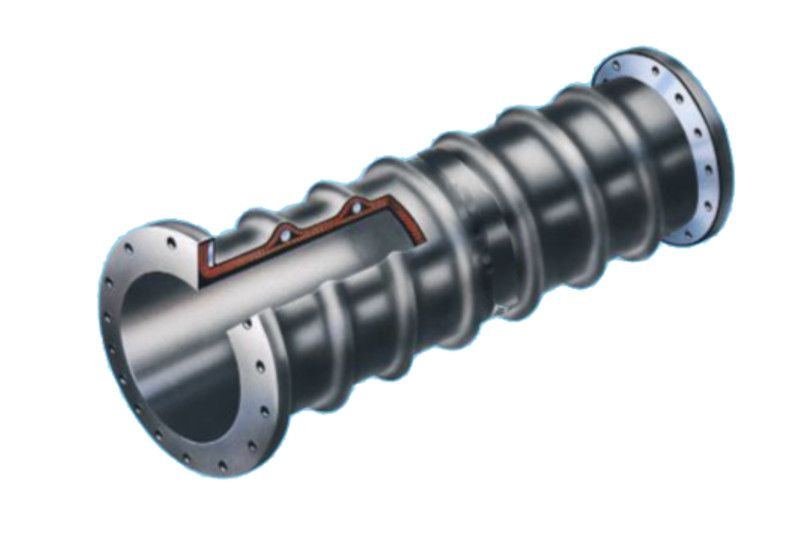

This is true in the deeper rivers (3-meters or more of water depth) all over the world. Suction dredge technology allows modern-day gold and gemstone miners to prospect and mine for mineral deposits in places where earlier miners were not able to go. During those early days, the deposits had to be easy to find and recover because recovery methods and processing capabilities were very limited. The early miners who came to California (and elsewhere) during the 1849 gold rush (and later) did find and recover many of the easy-to-find gold nuggets and rich deposits. As demonstrated in the following video segment, air for breathing underwater is generated by an air compressor, passes down through an air line, and provides air to a diver through a regulator, similar to what is used by SCUBA divers: These attach to the same engine that powers the water pump.

Most intermediate and larger-sized gold dredges come with built-in hookah-air systems.

Pieces of gold, which are very heavy, are separated from the other streambed materials and trapped, as the gravel and other material wash through the recovery system and are then washed back into the stream to fill in the hole as the dredge moves forward in the waterway. It sucks up streambed material (rocks, sand, gravel, silt, gold and other minerals), passes it up through a suction hose, and runs it across a recovery system floating at the surface. A suction dredge is a powerful underwater-type of vacuum cleaner. Most gold mining today is done in small operations - one or two persons working at a time - often with the use of suction dredges.


 0 kommentar(er)
0 kommentar(er)
